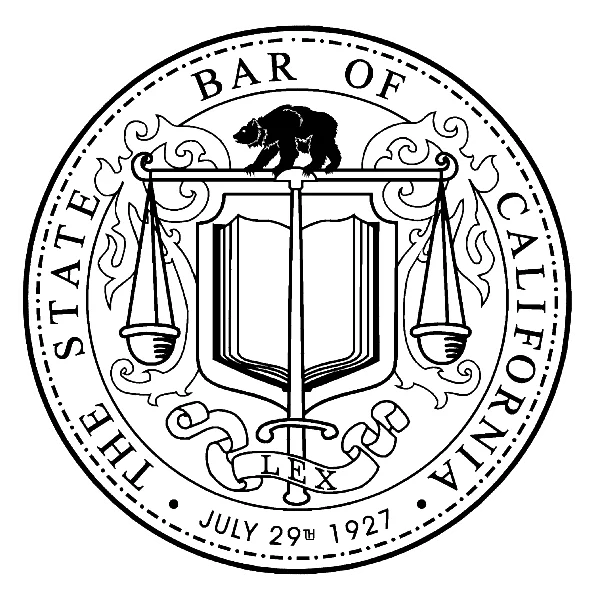What is the Burden of Proof in a Wrongful Death Case?
In a wrongful death case, one of the most important aspects to understand is the burden of proof. The burden of proof determines who is responsible for proving the facts of the case and how strong the evidence must be to win. In wrongful death lawsuits, the surviving family members or beneficiaries must meet this burden to successfully claim compensation for their loss. If you are dealing with a wrongful death situation, visit our Wrongful Death Redding CA page for a comprehensive overview of the legal process.
What Does “Burden of Proof” Mean in a Legal Case?
The burden of proof refers to the obligation one party has to prove their case in a lawsuit. In wrongful death claims, the burden falls on the plaintiff—typically the surviving family members of the deceased. They must provide sufficient evidence to convince the court that the defendant’s actions caused their loved one’s death.
The standard of proof required in wrongful death cases is typically less strict than in criminal cases. While a criminal case requires proof “beyond a reasonable doubt,” civil cases like wrongful death claims are decided based on a preponderance of the evidence. This means the plaintiff must show that it is more likely than not that the defendant’s negligence or wrongful act caused the death.
Key Elements to Prove in a Wrongful Death Case
In California, a wrongful death case requires the plaintiff to prove several key elements. Meeting the burden of proof for each of these elements is crucial to the success of the claim. These elements include:
1. Duty of Care
The first element to prove is that the defendant owed a duty of care to the deceased. A duty of care is a legal obligation to act in a way that avoids causing harm to others. This duty can arise in many different situations. For example, drivers have a duty to follow traffic laws to keep others safe, and doctors have a duty to provide competent medical care to their patients.
2. Breach of Duty
Once the duty of care is established, the plaintiff must prove that the defendant breached this duty. A breach of duty occurs when the defendant fails to act as a reasonable person would in the same situation. For instance, if a driver was texting and driving and caused a fatal accident, they could be found to have breached their duty to drive safely.
3. Causation
The third element is causation—the plaintiff must prove that the defendant’s breach of duty directly caused the death. This is often the most challenging element to prove, as it requires showing a clear link between the defendant’s actions and the death. For example, in a medical malpractice case, the plaintiff would need to prove that the doctor’s negligence directly caused the patient’s death.
4. Damages
Finally, the plaintiff must prove that the death resulted in damages—both economic and non-economic. These damages can include medical bills, funeral expenses, loss of income, and emotional suffering. To recover compensation, the plaintiff must provide evidence that shows the financial and emotional impact of the death on the surviving family members.
To learn more about proving these elements, visit our detailed guide on How Do I Prove Wrongful Death in California? for further explanation of the legal process.
Types of Evidence Needed to Meet the Burden of Proof
To meet the burden of proof in a wrongful death case, the plaintiff must present strong evidence that supports each element of the claim. The following types of evidence are commonly used to prove wrongful death cases:
1. Medical Records
Medical records can provide important evidence in wrongful death cases, especially those involving medical malpractice. These records can show the treatments the deceased received, the cause of death, and whether the healthcare provider acted negligently.
2. Witness Testimony
Witness testimony is another crucial type of evidence in wrongful death cases. Eyewitnesses can testify about what they saw leading up to the incident, whether it was a car accident, a workplace injury, or a medical error. Testimony from family members can also help establish the emotional and financial losses caused by the death.
3. Expert Testimony
In more complex cases, such as medical malpractice or product liability, expert testimony is often necessary. Experts, such as medical professionals, accident reconstruction specialists, or engineers, can provide their professional opinions about how the defendant’s actions caused the death.
4. Financial Documents
To prove damages, the plaintiff must provide financial documents that show the economic impact of the death. These may include tax returns, pay stubs, or evidence of household expenses that the deceased would have contributed to.
The Importance of Legal Representation
Proving a wrongful death claim can be complicated, especially when it comes to meeting the burden of proof. Working with an experienced wrongful death attorney is crucial to ensuring that you present the strongest possible case. An attorney can help gather the necessary evidence, consult with experts, and build a compelling argument that meets the burden of proof.
At Cibula Law, we are dedicated to helping families in Redding, CA, seek justice after the wrongful death of a loved one. Our team understands the complexities of these cases and works tirelessly to help families recover the compensation they deserve.
For more information about the burden of proof and wrongful death claims, visit our Wrongful Death Redding CA page to explore the legal process.
What Happens if You Fail to Meet the Burden of Proof?
If the plaintiff is unable to meet the burden of proof, the wrongful death case may be dismissed or result in a defense verdict. This means the court finds in favor of the defendant, and the family may not recover any compensation. This is why it is essential to gather strong evidence and work with a skilled attorney who understands the legal standards involved in wrongful death cases.
Even if you fail to meet the burden of proof in a civil wrongful death case, this does not mean the defendant escapes all consequences. If the case involves criminal wrongdoing, the defendant may still face criminal charges and penalties, although this is a separate legal process from the wrongful death claim.
Why Meeting the Burden of Proof is Easier in Civil Cases
While meeting the burden of proof in a wrongful death case can be challenging, it’s important to note that the standard of proof in civil cases is lower than in criminal cases. In criminal cases, the prosecutor must prove the defendant’s guilt “beyond a reasonable doubt,” which is a much higher standard. In wrongful death cases, the plaintiff only needs to prove the case by a preponderance of the evidence, meaning it is more likely than not that the defendant’s actions caused the death.
This lower standard of proof can make it easier for families to succeed in wrongful death claims, but it still requires strong evidence and a well-constructed case.
Schedule a Consultation
If you are facing the burden of proof in a wrongful death case, you don’t have to go through the process alone. Contact Cibula Law to discuss your case and explore your legal options. Our team is here to help you navigate the complexities of wrongful death claims and ensure that you meet the burden of proof necessary to recover compensation. Schedule a consultation today.








